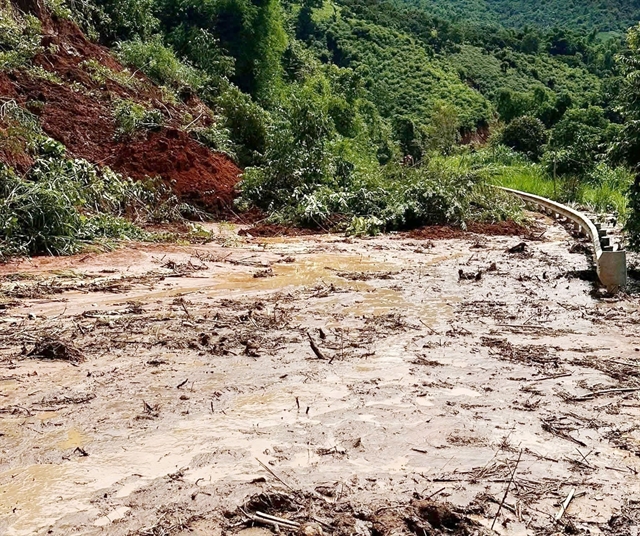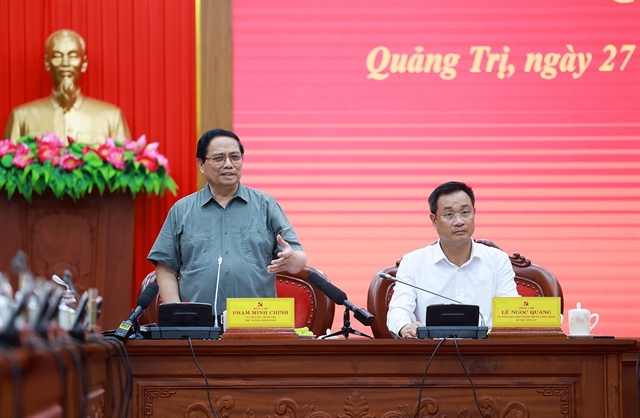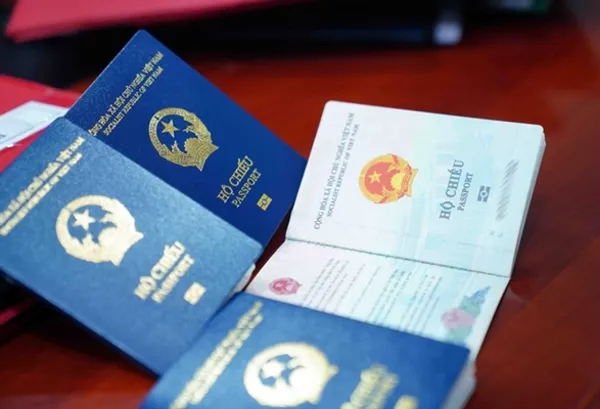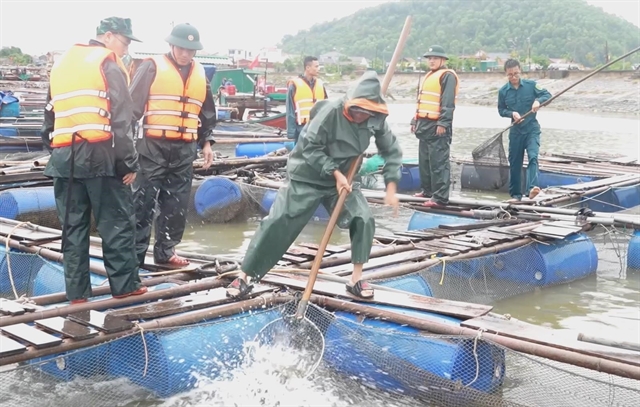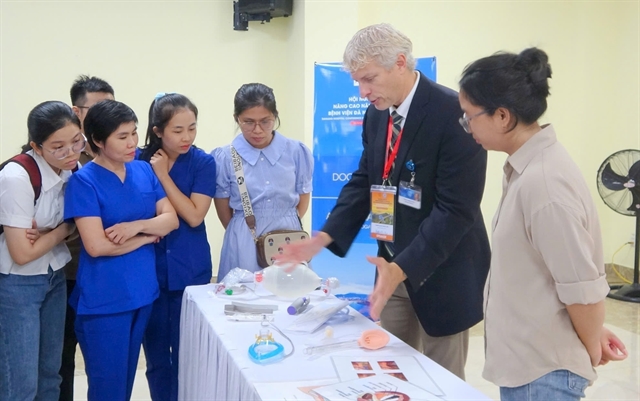 Sunday/Weekend
Sunday/Weekend

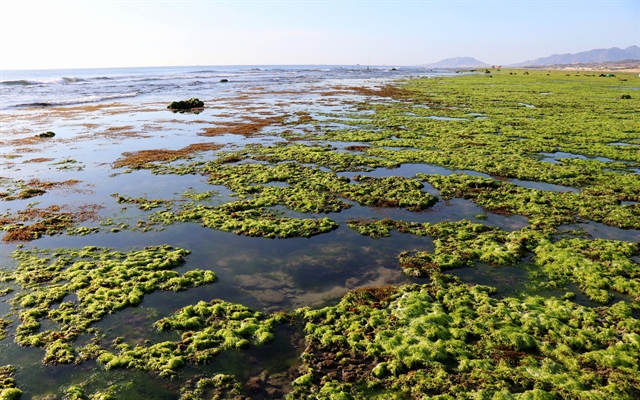 |
| Seaweed reefs in Thuận Nam District are an important part of Ninh Thuận Province’s marine ecosystem. VNA/VNS Photo Nguyễn Thành |
The south-central province of Ninh Thuận is taking comprehensive measures to enhance biodiversity conservation for sustainable socio-economic development.
These efforts focus on protecting natural ecosystems and habitats while raising public awareness and encouraging community involvement.
Ninh Thuận is home to many distinctive and vital ecosystems, including mountain forests, coastal areas with coral reefs, and seagrass beds.
These environments serve as habitats for numerous rare and valuable plant and animal species.
The province’s biodiversity is most evident in its conservation zones, especially Phước Bình and Núi Chúa national parks. Both are rich in biodiversity, hosting many rare species of flora and fauna.
Covering nearly 25,000 hectares, Phước Bình National Park, located in Bác Ái District, plays a crucial role in biodiversity conservation.
The park is a transitional zone between the evergreen mountain forests of the Langbiang Plateau and the lowland ecosystems of the southern region.
Its biodiversity is reflected in more than 1,338 plant species and 327 animal species, including 69 mammals, 206 birds, 34 reptiles, and 18 amphibians.
It is home to six rare amphibians, 18 reptiles, 30 birds, and 35 mammals listed in Việt Nam's Red Data Book and the IUCN Red List.
Núi Chúa National Park, part of the Núi Chúa World Biosphere Reserve, spans more than 30,000ha and represents both semi-arid and humid ecological regions with six different forest types.
According to recent surveys, the park contains 1,514 plant species, including 27 endemics and 54 species listed in the IUCN and on the Red List of Việt Nam.
Researchers have also documented 763 animal species here, 60 of which are rare and 48 are endangered according to Việt Nam's Red Data Book, with 34 at risk of global extinction.
Beyond forest biodiversity, Núi Chúa National Park boasts a rich marine ecosystem along its 40km-long coastline and a marine protected area of 7,352ha. This location is a crucial nesting site for sea turtles and is home to the country's largest fringing coral reef system, with around 350 species.
According to Trần Văn Tiếp, head of Núi Chúa National Park’s Management Board, the park is actively taking comprehensive measures to protect and restore both forest and marine ecosystems.
Collaborative scientific studies and surveys are ongoing to update the species inventory.
Scientists have discovered three new rare plant species with limited distribution in the park, including long-stalked sal (Shorea roxburghii), Chua's leaf flower (Phyllanthus chuaensis), and Chua’s Eurya (Eurya chuaensis).
These discoveries not only enrich the country’s flora but also highlight the potential for uncovering more new species in the area and surrounding regions.
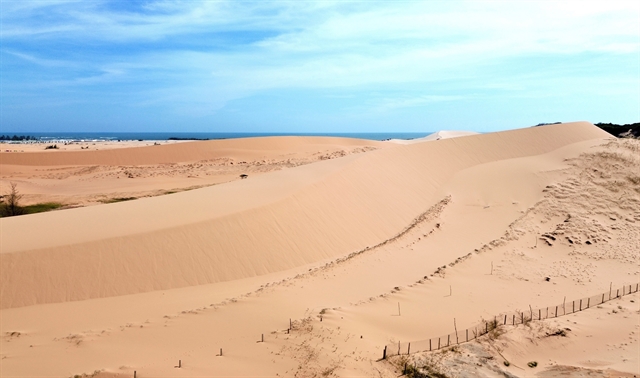 |
| Coastal sand dunes are one of the important natural resources in Ninh Thuận Province. VNA/VNS Photo Nguyễn Thành |
In recent years, the province has strengthened the management and protection of special-use forests, protection forests, national parks, and marine reserves to safeguard forest and marine ecosystems.
It has launched programmes to reforest degraded areas, assigning forest protection contracts and plant native species to expand forest cover, while encouraging community involvement in conservation activities.
Between 2023 and 2025 alone, it allocated more than VND112 billion (US$4.7 million) for reforestation, covering 1,120ha, including 500ha of special-use forest and 620ha of protection forest.
These efforts aim to green barren land and hills, prevent erosion, and combat desertification.
The province also strongly promotes agroforestry models and under-canopy medicinal plant cultivation. However, as in many other provinces, Ninh Thuận’s biodiversity is under increasing pressure from socio-economic development, climate change, and human activities.
Biodiversity, sustainable development
In line with the province’s master plan for 2021–30 period with a vision to 2050 approved by the Prime Minister, Ninh Thuận continues to prioritise biodiversity conservation in natural forests, national parks, and the Núi Chúa World Biosphere Reserve.
These efforts are pursued alongside sustainable forest development and the protection of rare species of flora and fauna. The overarching goal is to preserve habitats, maintain biodiversity, and respond effectively to climate change.
The province is strengthening conservation efforts in Núi Chúa National Park according to UNESCO standards, taking integrated measures to protect and restore forest and marine ecosystems, and conserving endemic and rare species in conjunction with ecotourism.
Phước Bình National Park will focus on forest development, and protecting natural values, key ecosystems, biodiversity, genetic resources, and the region’s cultural and historical heritage.
These efforts will support scientific research, environmental education, and the provision of ecosystem services in accordance with planning and legal regulations.
Đầm Nại, designated as a provincial-level nature reserve and a coastal wetland ecosystem, will receive targeted efforts to develop and restore mangrove ecosystems.
This approach is essential not only for protecting agricultural land and aquaculture areas and ensuring sustainable livelihoods for local communities, but also for creating favourable conditions for ecotourism, community tourism, and experiential travel.
 |
| Đầm Nại mangrove forest is well restored and protected in Ninh Thuận Province’s Ninh Hải District. VNA/VNS Photo Nguyễn Thành |
Trịnh Minh Hoàng, vice chairman of the province’s People's Committee [Administration], said the province directed relevant departments and agencies to strengthen management, inspection, and enforcement efforts in biodiversity conservation, forest protection, and aquatic resource preservation.
The aim is to minimise the impact of climate change and human activities on biodiversity resources, contributing positively to the province’s socio-economic development strategy.
The province was also promoting ecotourism, including marine tourism, forest tourism, scientific research tourism, environmental education tourism, and leisure travel.
“These initiatives not only attract visitors but also generate funding to support biodiversity conservation across the province,” he said.
With comprehensive strategies and strong commitment, Ninh Thuận is gradually realising its goal of biodiversity conservation, playing a vital role in habitat protection and contributing to more sustainable economic and social development. VNS

